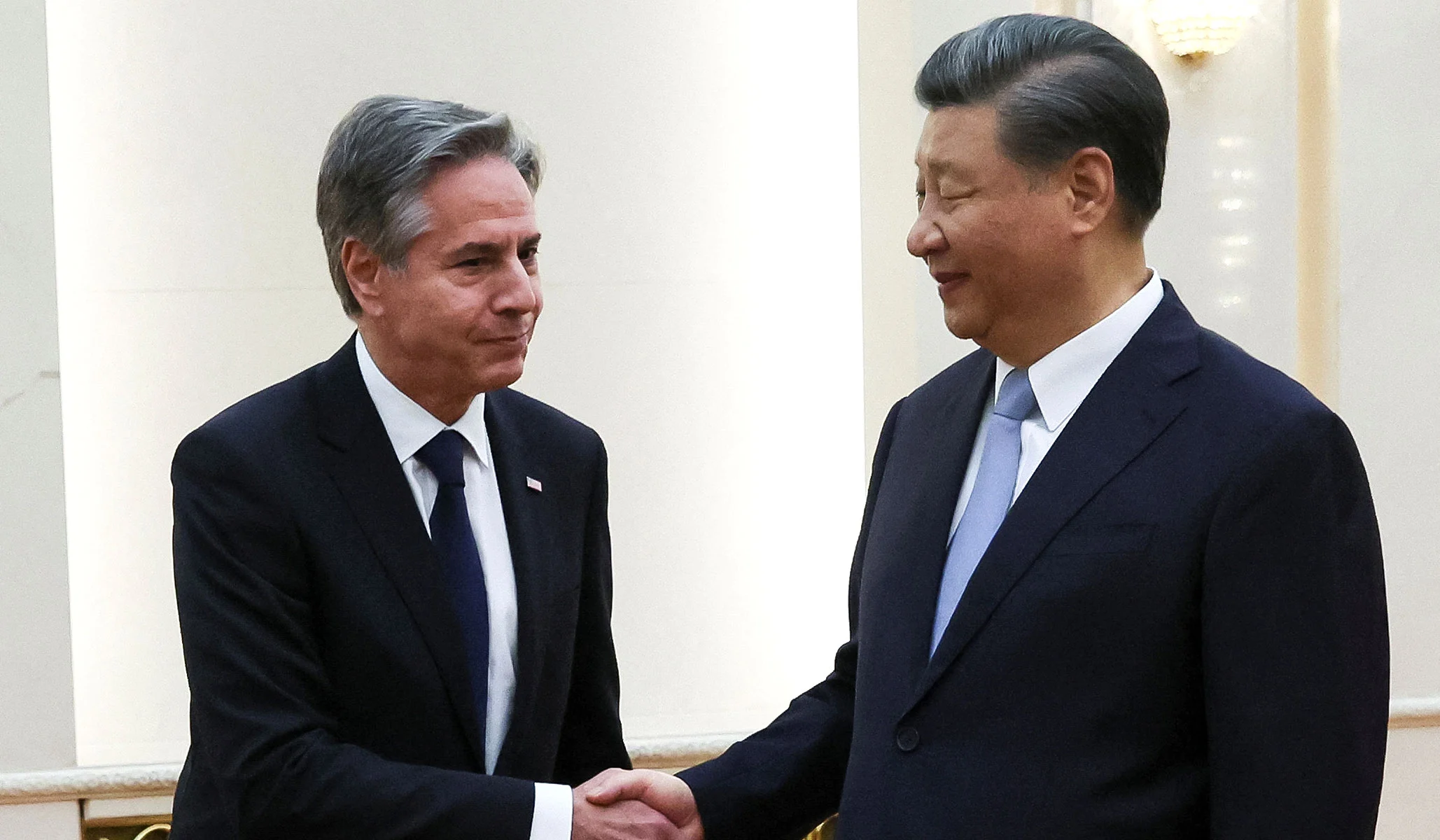Secretary of State Antony Blinken recently visited Beijing, spending two days meeting with Chinese officials before finally securing an audience with President Xi Jinping. However, the picture released from the final discussion showed Blinken seated just to the side of Xi, which was seen as humiliating. While high-level diplomatic contact with China is important, the State Department’s persistent prioritization of engagement with China at the expense of America’s interests is concerning.
The goal of Blinken’s trip was to stabilize high-level communication between the US and China, given the rapid deterioration of diplomatic relations this year. While the trip met the low expectations set by the State Department, few concrete results were achieved. Blinken and Chinese officials agreed to resume more flights between the two countries, restore educational and cultural exchanges, and explore other areas of potential cooperation. The biggest item secured was a commitment to “explore” the establishment of a US-China “working group” on preventing the export of fentanyl precursor chemicals from China.
However, the resumption of military-to-military dialogue, which many had hoped would result from the trip, is still being withheld by the Chinese side. Blinken revealed at a press conference that Xi is still refusing to instruct Chinese military officials to engage in risk-mitigation talks with their American counterparts. This underlines his intentions and puts up roadblocks to responsible military communications in the region. While Blinken attempted to get cooperation on this matter, there were few other concrete results from the talks.
Reports suggest that the State Department is slow-walking several key measures responding to Beijing’s misbehavior, and in order to secure the meeting, the administration has declined to release the results of the FBI’s probe into the contents of the Chinese military-surveillance device that the PLA floated over several key US bases in February. The Biden administration’s response to the spy-balloon incident still irks Chinese officials who prefer to sweep it under the rug. President Biden has downplayed the balloon’s significance in recent weeks, calling it “silly” and claiming that for China, “it was more embarrassing than it was intentional,” despite the fact that the balloon’s path over key US military sites was clearly intentional.
While Blinken brought up human rights concerns in his meetings, promoting human rights was a peripheral concern on this trip and in the days leading up to it. The State Department’s annual statement on the Tiananmen massacre was noticeably shorter and more perfunctory than it has been in recent years.
Blinken’s trip paves the way for other cabinet officials and climate envoy John Kerry to visit Beijing in the coming months, which may culminate in an in-person meeting between Biden and Xi on the sidelines of the APEC summit in San Francisco later this year. However, there is a risk that the administration will continue to pull its punches to keep this process on track, which would be national-security malpractice. Congress may need to force the administration’s hand on the measures it is apparently slow-walking. While reducing the possibility of conflict is important, US weakness in rewarding the CCP’s strategy of escalation to force engagement carries its own risks that are likelier to be more significant over the long run.

